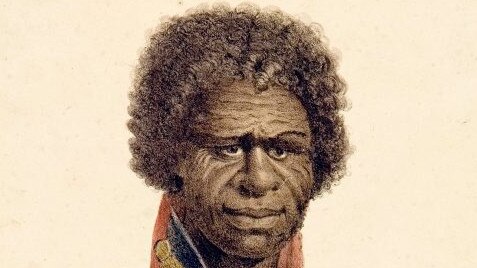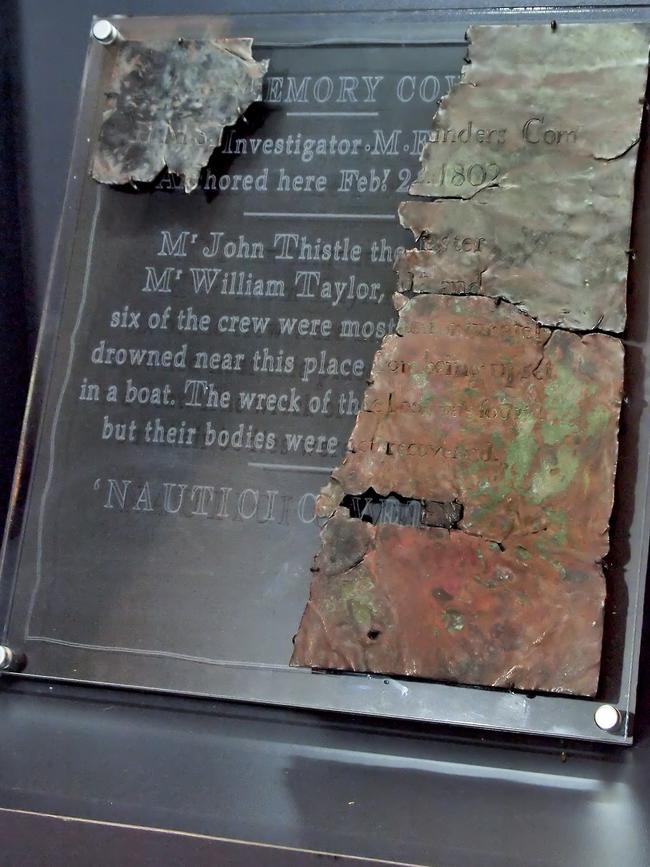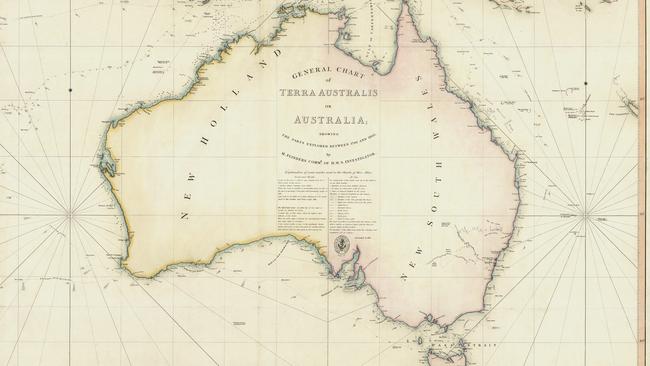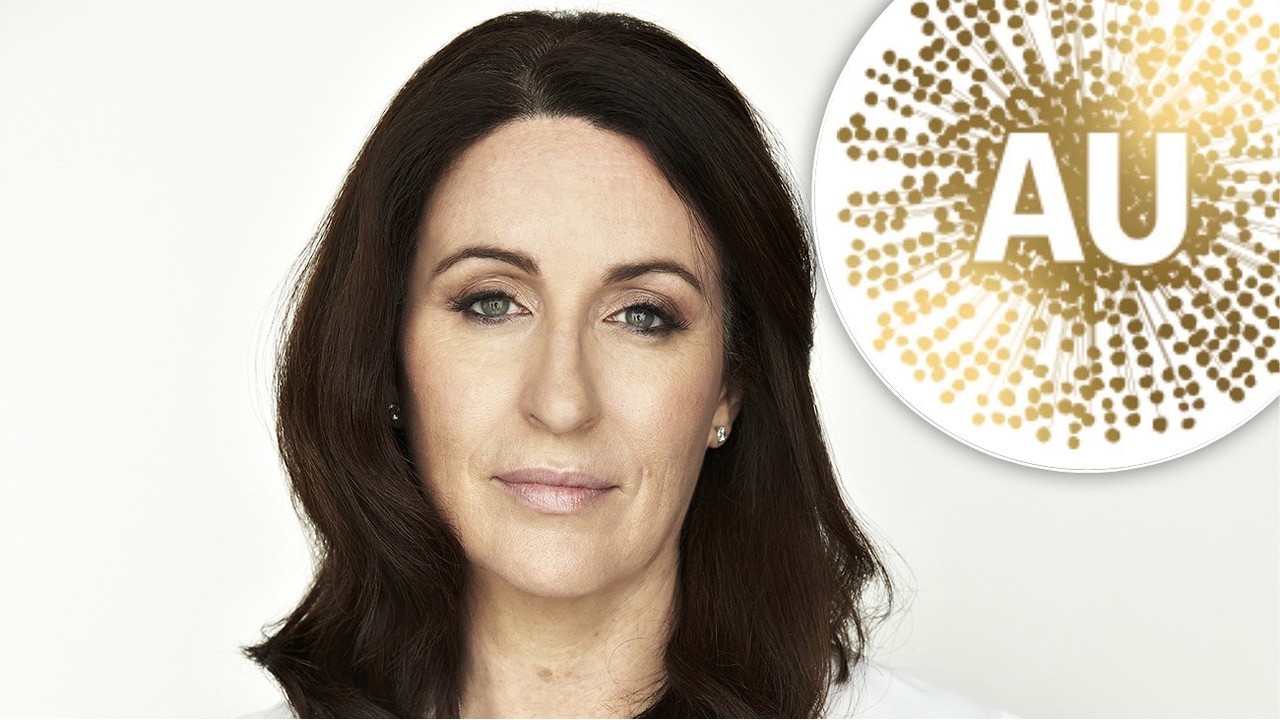An Australia Day date we can all agree on
There’s an easy option for Australia Day that has the beauty of being historically significant, not too far off the current date and most importantly, one we can all enjoy celebrating, writes Paul Carmody.
Rendezview
Don't miss out on the headlines from Rendezview. Followed categories will be added to My News.
In recent years in Australia debate erupts in the media concerning the appropriateness of the selection of January 26 as our national identity day, Australia Day.
The debate usually separates two sides.
On one side are a great many indigenous Australians who view the day as inappropriate as it marks the anniversary of the 1788 arrival of the First Fleet of British ships at Port Jackson, New South Wales and the raising of the Union Jack at Sydney Cove by Governor Arthur Phillip.
These Australians refer to the day as Invasion Day and the beginning of the attack on themselves, their culture and their traditional stewardship of the land.
On the other side of the debate are Australians who support the retention of January 26 as being entirely appropriate as it marks the genesis of the building of a complex modern Australian society, with all our social institutions having their roots entrenched in the British traditions.
RELATED: This is how to have an Australia Day debate

There are many calls for the date to be changed so that all Australians, indigenous and non-indigenous, can celebrate the day as a day of national significance. If the calls are to be taken seriously, what date should be chosen?
We are all proud to be known as an Australian, but where did our country’s name “Australia” come from? Who gave our country its name? Most of us don’t know.
The answer is, of course, Matthew Flinders, the great British adventurer, navigator and cartographer who completed a circumnavigation of the Australian continent in 1802 and 1803 in his sailing ship the Investigator and charted the whole coastline.
It is also not a well-known fact that accompanying Flinders on his circumnavigation as an interpreter and negotiator was Bungaree, a native Australian Guringai Man from the Broken Bay area. Bungaree was therefore the first Aboriginal person to sail around the continent.
On January 1, 1814, Flinders published his “General Chart of Terra Australis or Australia”, and so the name “Australia” appeared in a chart of the continent for the first time.

Later in his book “Voyage to Terra Australis” published in 1814, he referred to the local Aboriginal people at Port Lincoln as “these Australians”. It was the first time that the term “Australian” had been used in print to describe a member of the population of the land.
So “Terra Australis” (or Great South Land) became known as “Australia” and 204 years later, as the song goes, “I am, you are, we are Australian”.
In naming the continent “Australia”, Flinders’ motivation was one of unification.
He wanted to make the land mass known by a name that would not pay attention to the names recognising European colonial powers of Holland and Great Britain. He believed the continent should be named in recognition of its status as the only significant land mass in its location, and refer to a version of historical name “Terra Australis Incognito” — Unknown Great South Land whose existence was supposed to be necessary for the equilibrium of the globe.
RELATED: I want the day changed, but it's a low priority
In order to select a new day for the celebration of Australia Day, it would be preferable that the day should highlight some significant historical event of which the nation can be proud.
It should also be a day that unifies all Australians regardless of ancestral origin and it should be in a traditional month in the Australian calendar.
The proposal is that Australia Day should be celebrated on a floating day... the last Monday in January every year.

The selection of January satisfies the traditional month that all Australians recognise is the month for Australia Day, but more importantly, satisfies the historical event component with the publication of Matthew Flinders’ “General Chart of Terra Australis or Australia” arguably the major achievement of his life’s work, along with his book “Voyage to Terra Australis”.
The significance of Flinders’ contribution to the exploration and mapping of the continent certainly deserves to be elevated to greater height in the consciousness of all Australians.
His naming of our country “Australia”, motivated by the quest for unification, should be an event of immense national pride worthy of greater recognition.
The selection of the last Monday in January is twofold.
Firstly, Australians are used to having a January public holiday for Australia Day and there is a tradition of this holiday “floating” to a Monday.
In all states of Australia, the official Australia Day holiday floats to a Monday if it falls on a Saturday or Sunday.
Indeed, in 2019 and 2020 the Australia Day national holiday floats to Monday, January 28, and Monday, January 27, respectively.
Secondly, the last Mondays of January in Flinders’ and Bungaree’s circumnavigation of the continent in the Investigator in 1802 and 1803 hold, up to this point, a hidden symbolic significance to indigenous Australians.
The statue of Anmatjere Man, standing 17 metres tall, along with the accompanying Anmatjere woman and child, is located at Aileron, a small settlement in Central Australia 150km north of Alice Springs. These statues are arguably the most imposing and powerful Aboriginal monuments in Australia.

Coincidentally, Aileron is only 4km from the midpoint of the Investigator’s latitude and longitude locations on the last Mondays in January 1802 and 1803 in Flinders’ and Bungaree’s circumnavigation of Australia.
The statues could easily become major indigenous Australian symbols associated with an Australia Day which integrates the original inhabitants of the land with Flinders’ voyage of exploration in the Investigator.
There is an obvious need to elevate the name Flinders and prominently promote his achievements in the national psyche.
Flinders’ lasting legacy is the name “Australia” which he gave to the continent.
He wrote to his brother: “I call the whole island Australia or Terra Australis”
In his voyage of exploration, he did not name one place after himself, but he gave us our greatest gift of the name “Australia” and it is a shame that not many of us know that fact, even though we take great pride in being known as Australians.
It is ironic therefore that we have reciprocated that gift back to him by the way that his name has been perpetuated in the naming of parks, roads, mountain ranges and islands and across the country.
We know his name but don’t really know what he did.

Hence, in the light of the fact that many now question the suitability of January 26 being our national day, the resolution to the debate is staring us in the face.
Australia Day should be a celebration of the naming of our country.
It should be floating to the last Monday of January every year, celebrating Matthew Flinders’ seamanship in the Investigator.
It should be a day to celebrate unification, just as Flinders unified New Holland and New South Wales on his general chart under one name.
Finally, it should be a day of significance and celebration for indigenous Australians, the first people of this country, as acknowledged by Flinders in his journal.
The case is very clear, but when should we make this change?
In 2019, January 26 is on a Saturday and the public holiday is scheduled to float over to Monday January 28. Consequently, 2019 is the ideal year to make the change to float Australia Day permanently to the last Monday in January for the first time, and to start a new tradition in the spirit of unity.
Paul Carmody is a Queensland teacher with a lifetime interest in the voyages of scientist and adventurer Matthew Flinders.


